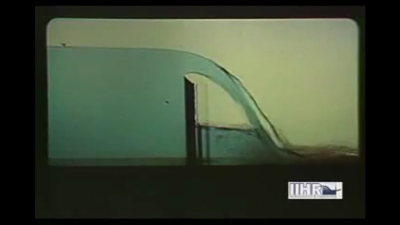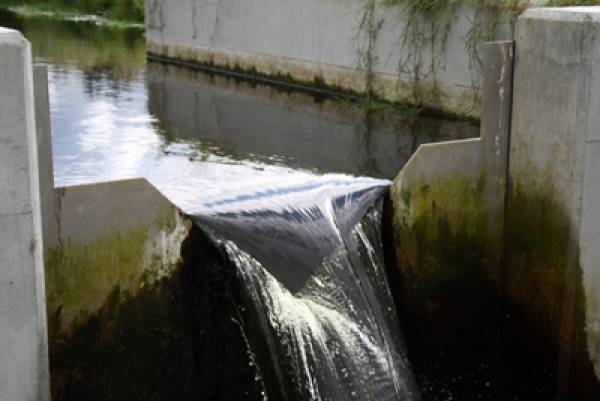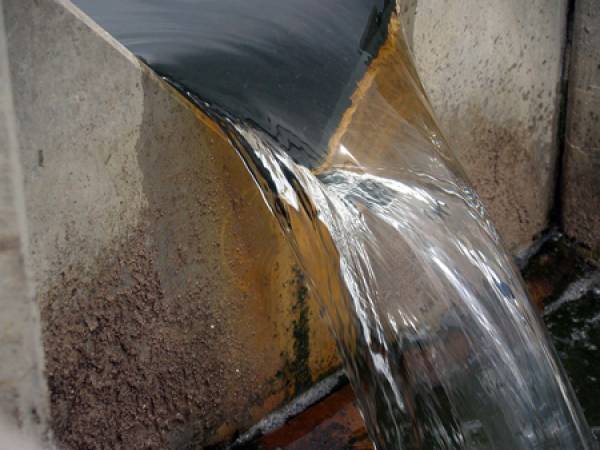This website uses a variety of cookies, which you consent to if you continue to use this site. You can read our Privacy Policy for
details about how these cookies are used, and to grant or withdraw your consent for certain types of cookies.
Supercritical Flow over Thin Plate Weirs
Weirs, like flumes, work by accelerating slow, sub-critical flow (Fr<1) to faster moving, super-critical flow (Fr>1). The acceleration develops a know relationship between level and flow upstream of the weir itself.
But what happens when the flow approaching the weir isn’t sub-critical, but instead is critical or super-critical. Will the weir still operate as usual?
The Iowa Institute of Hydraulic Research answers that question in their video entitled Fluid Motion in a Gravitational Field.
Flow Visualized
Under sub-critical, free-flow conditions with the nappe fully aerated, the flow over a thin plate weir looks like the below (Fr = 0.5).

However, as the velocity of the approaching water increases (Fr > 1), the flow overshoots the weir.

As the velocity increases the overshoot becomes even greater.

Note that the water level at sub-critical flow is substantially higher than that above unity (Fr = 1).
While this example is dramatic for effect, the implications are clear: excessive approach velocities approach thing plate weir must be controlled in order for the weir to function properly.
The video can be view in its entirety below:
Source: Iowa Institute of Hydraulic Research
Related Blog Posts
Explore more insights in our blog.

LOCATIONS IN ATLANTA, GA & BOISE, ID




